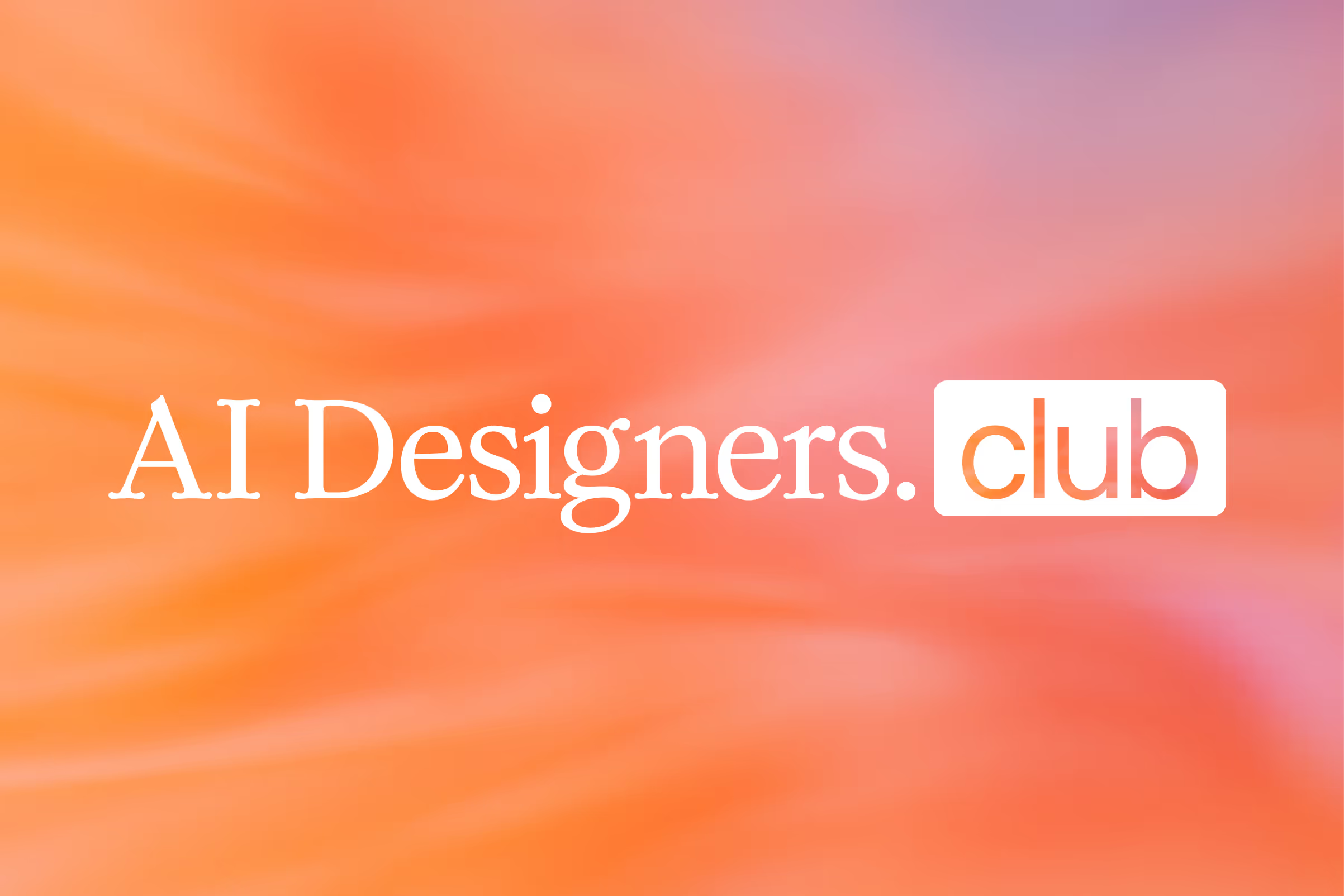About this project
The Shape of AI exists to help make the technology and impact of artificial intelligence more understandable, so that collectively we can influence a future where technology enhances our life, instead of causing harm.

Artificial Intelligence will fundamentally upend how we work, connect, learn, and live. We are only just starting to see how these changes will manifest in our digital products, across services and experiences, and within our organizations and institutions.
Design is more important now than ever.
Computation evolves faster than humans can adapt. We cannot recreate the wheel with every new experience or product to try and find the right balance between human incentives and algorithmic feedback loops. Instead, we must rely on proven frameworks of human interaction and cognition if we are to shape a world that centers the needs of people, communities, and inter-connected life.
By understanding human behavior, and how it adjusts to a computation landscape, designers can craft experiences that seamlessly integrate with users' expectations, making advanced technology feel familiar and straightforward.
This moment is an opportunity to reset our approach to technology. We get to design the future. Hop on. ❋

[↑] Subscribe to the newsletter for free to support the project or follow along.
The Shape of AI is curated and written by Emily Campbell.
As I started working on AI products and consulting teams on their AI design and product strategies, I noticed how inconsistent the existing experiences already are.
It's clear that we are in a race to the starting line. Companies are prioritizing "doing AI," but struggling to gracefully integrate it into their current products. It's not clear if they are taking the time to assess how a feature should work, why it should work that way, and if it should even exist from a user's perspective.
AI is a transformative technology. Every layer of experience, from the UI, to core interaction patterns, to customer needs, to shared practices, to experience strategy must change.
The question isn't are we ready for it. The future is here. It's time to respond.



